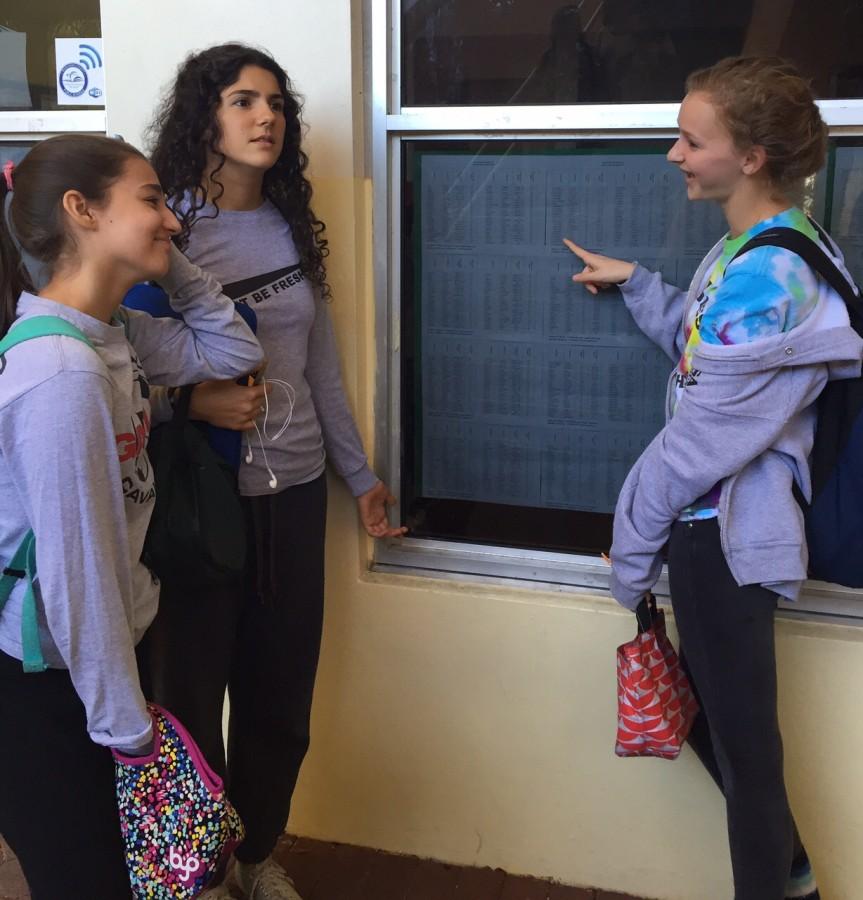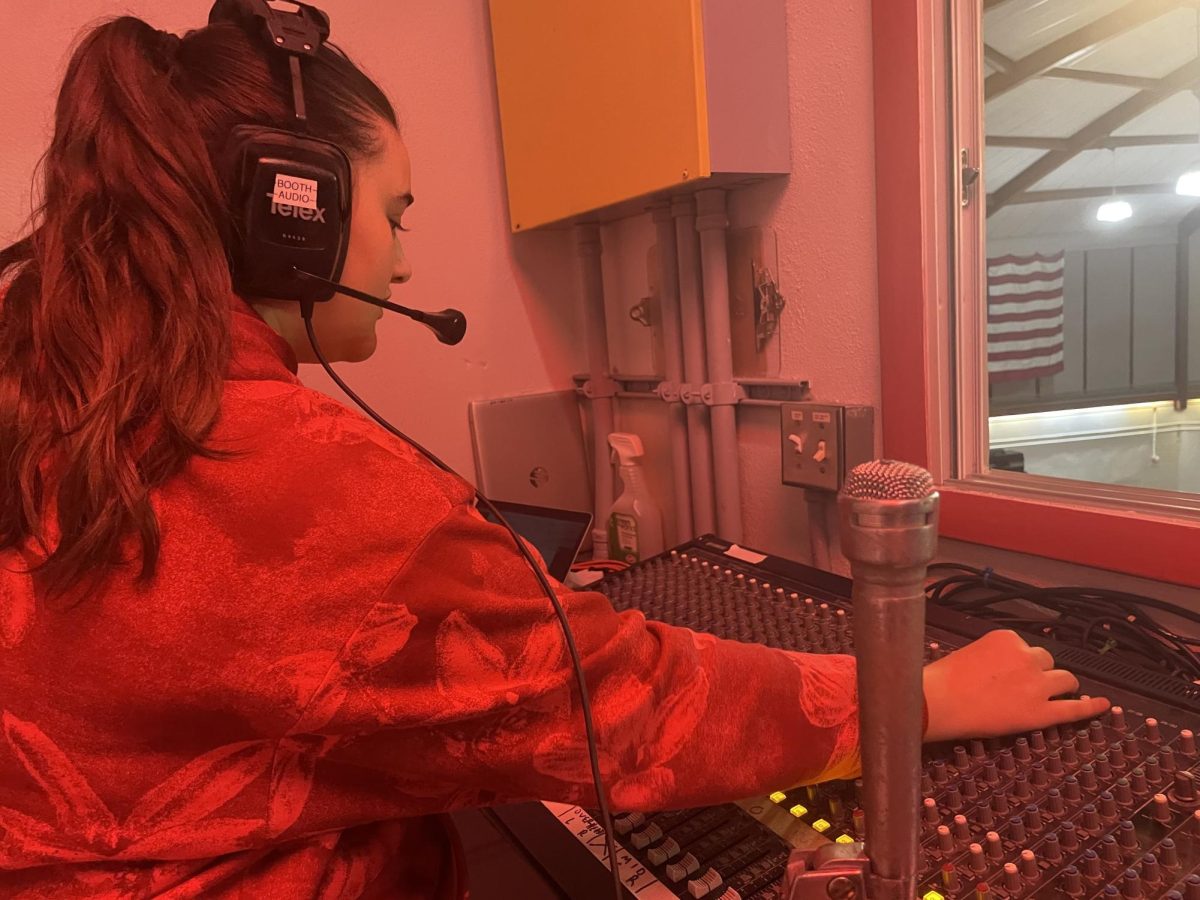Online Testing
During online testing season, students check which days they test on long lists in front of the New Building or Library.
May 14, 2015
As standardized testing season begins, students all over the school shudder at the thought of sitting in front of a computer screen displaying something that is not social media for hours on end. Online testing can be very disorganized, or even outright impossible to complete, due to schools not being able to handle so many students testing on computers at once.
Advising students when they are testing is a daunting task. Classes are frequently interrupted by teachers rummaging through lists emailed to them or students leaving class to physically check the almost endless set of lists posted in front of Media Center. Things get complicated when students miss their test days and need to wait to take the make-up tests, as they never find out when make-ups will happen until it is too late. The technical difficulties involved with online testing, such as power outages, computer freezes, or server crashes, delay the process or even cancel the whole testing day.
Audio PlayerGranted, there are benefits to online testing – notably, reducing paper usage. Additionally, the online testing experience is believed to motivate students; some find digital tests more feasible and less intimidating than a paper test. They also provide a comprehensive measure of progress so that schools can see what areas students are excelling in and what areas that need improvement.
“I personally hate taking online tests since I feel like I could have done better on it if I physically had the test in front of me since it would have been easier to read right off the page and not off of a computer screen,” junior Diana Garcia said.
The process of sitting students at the correct computer, passing out of testing tickets and making sure everyone is logged into the test can can take extremely long depending on how fast the test prompter is at reading the well known testing rules. The longer it takes to start the test, the longer students are stuck in their testing rooms behind computer screens.
Hopefully, online testing will become a feasible option for test makers in the future. Improvements in technology are necessary first, though, since it currently can not be done effectively in schools that lack sufficient resources to test all students. An improvement to online tests like the FSA and EOCs would be to include physical back-up copies of the test for when inevitable technical difficulties arise.














